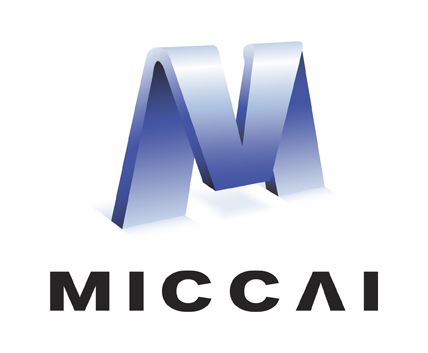Computational Biomechanics for Medicine XIV
A MICCAI 2019 Workshop, Shenzhen, China, October 13, 2019
Home | Organisers | Important
Dates | Scope | Registration
| Submissions
Rationale:
Mathematical modelling and computer simulation have had a profound impact on science and proved tremendously successful in engineering.
One of the greatest challenges for mechanists is to extend the success of computational mechanics beyond traditional engineering,
in particular to medicine and biomedical sciences. The Computational Biomechanics for Medicine workshops provide an opportunity for
researchers to present and exchange ideas on applying their techniques to computer-integrated medicine,
which includes MICCAI topics of Medical Image Computing, Computer-Aided Modeling and Evaluation of Surgical Procedures,
and Imaging, Analysis Methods for Image Guided Therapies, Computational Physiology, and Medical Robotics. For example, continuum mechanics
models provide a rational basis for analysing medical images by constraining the solution to biologically plausible motions and processes.
Biomechanical modelling can also provide clinically important information about the physical status of the underlying biology,
integrating information across molecular, tissue, organ, and organism scales.
The main goal of this workshop is to showcase the clinical and scientific utility of computational biomechanics in computer-integrated medicine.
Previous workshops in the series.
Program:
The workshop programme is available for download here.
Invited speakers:
Senior Principal Research Scientist, Neuroscience Research Australia and Professor, UNSW
Title: "What has image based modelling of cerebrospinal fluid flow in chiari malformation taught us about syringomyelia mechanisms?"

